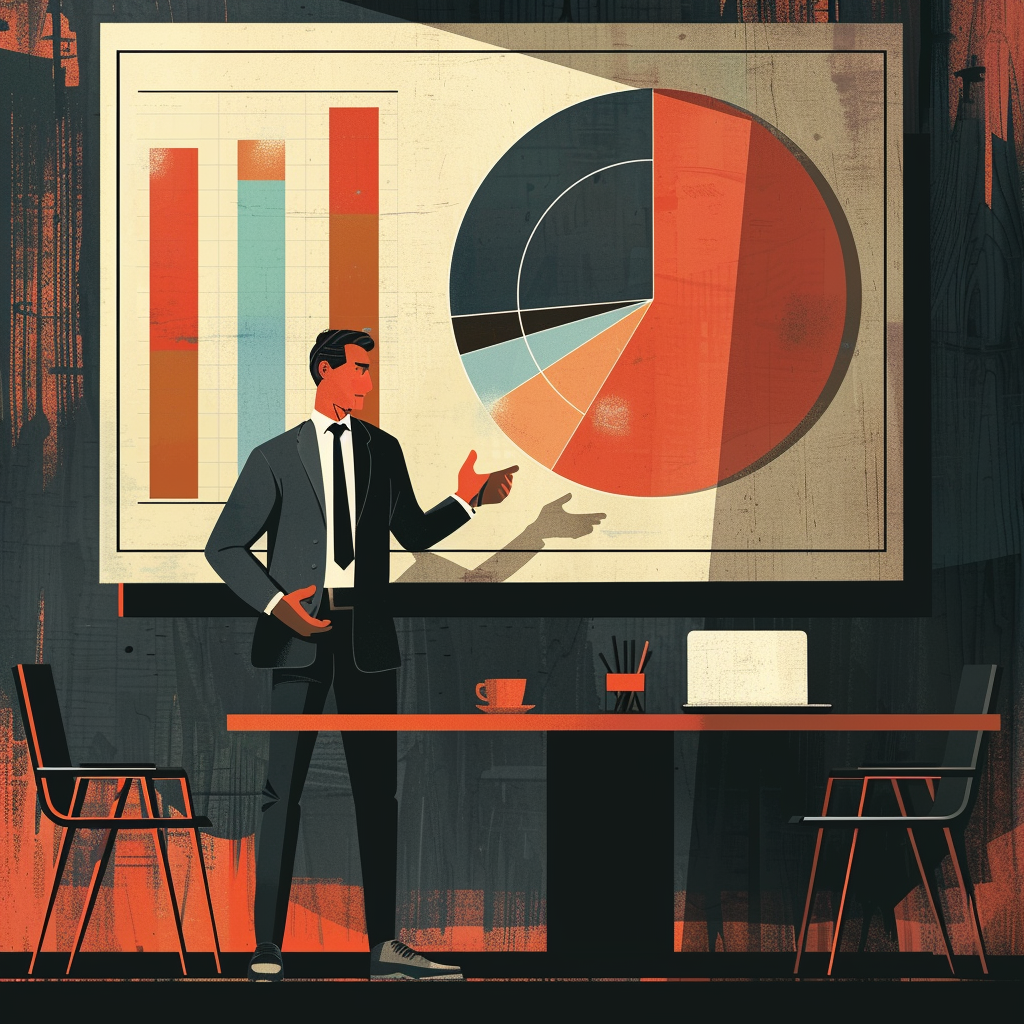When it Comes To Using AI you won’t get far without one of these!
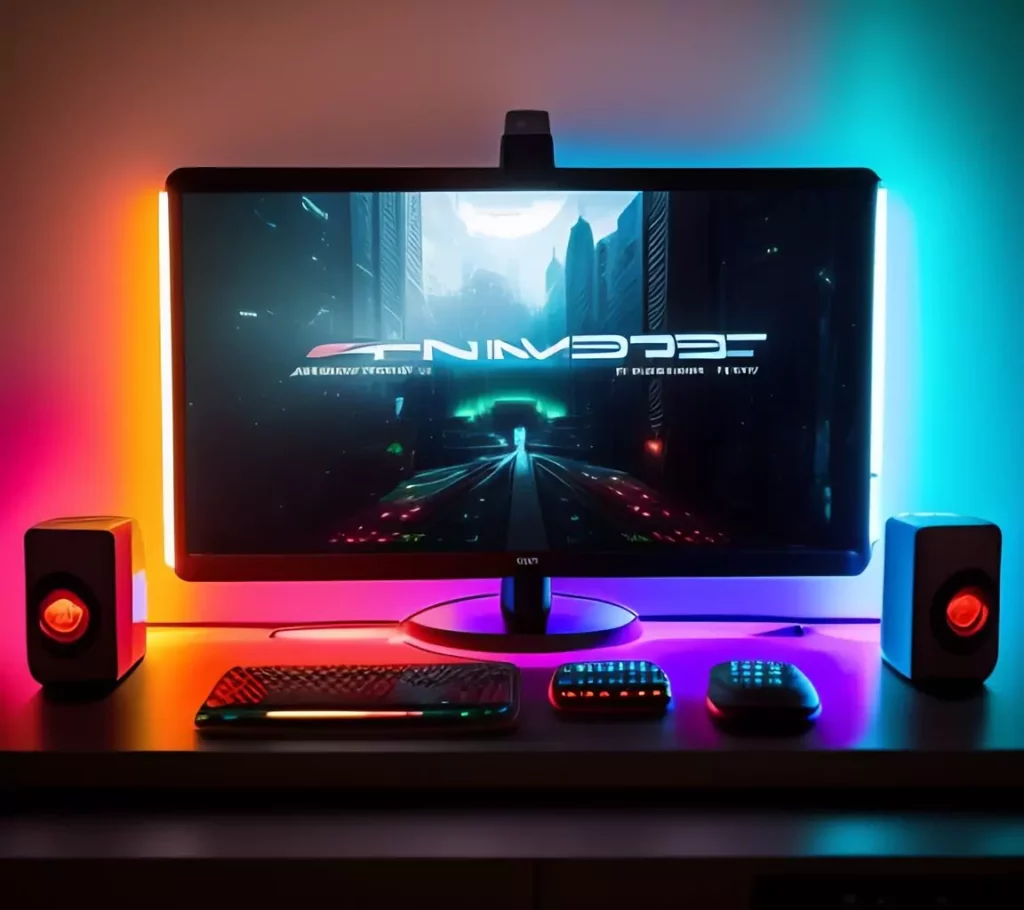
GPUs, or Graphics Processing Units, are like supercharged brains for your computer. Originally created to make video games and movies look stunning (think of CGI). Now they are used for a lot more than just visual effect. Large language models and machine learning are snapping up these GPU’s for their AI tools.
You know how your computer has a main brain called the CPU? Well, GPUs are a special kind of brain that focuses on handling graphics and other really complex tasks. They’re designed to be super-fast and efficient at doing lots of calculations all at once.
An Introduction to GPU’s
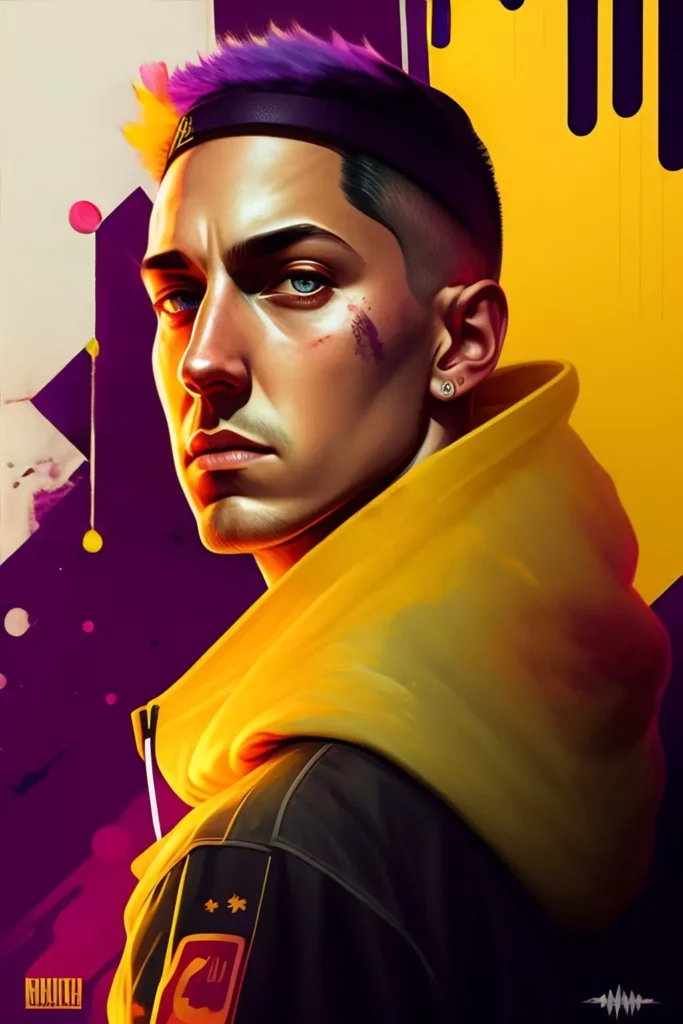
Back in the day, when computers were starting to show pictures and graphics, people realized they needed something special to handle all the cool visuals. That’s when GPUs came into the picture. They were built to make things like games and movies look smooth and realistic.
But here’s the cool part: GPUs aren’t just for making things look pretty anymore. They’re incredibly powerful and can do all sorts of things beyond graphics. Scientists use them to simulate complex systems, like how galaxies form or how proteins fold. They even help self driving cars see the world around them in real time. GPU’s are at the front of new technologies like virtual reality and artificial intelligence.
Think of GPUs as superheroes that can handle thousands of tasks at once. They’re way better than regular CPUs at doing lots of calculations simultaneously. That’s why they’re perfect for things like training AI models or processing huge amounts of data in a flash.
You can find GPUs not only in regular computers but also in gaming consoles, laptops, and even your smartphone. They’re everywhere!
GPU’s have an amazing processing power. Because of this they have changed the way we do things when it comes to visual technologies. They have also opened up new possibilities in fields like gaming, science, and technology.
So, GPUs may have started out as a way to make graphics look amazing, but now they’re like turbo boosters for all sorts of advanced computing tasks. They’re the secret behind stunning visuals, mind-blowing simulations, and the cutting-edge tech of the future.
Let’s Explain GPU Architecture
Imagine your computer as a team working together to get things done. The CPU (Central Processing Unit) is like the team leader, handling a variety of tasks. But when it comes to graphics and heavy calculations, the CPU needs some help. That’s where GPUs, the Graphics Processing Units, step in.
GPUs have a different architecture compared to CPUs. While CPUs focus on handling different tasks one by one, GPUs are all about doing many things at the same time. They are built to handle parallel processing, which means they can work on multiple calculations simultaneously. Hence why they are used so much when creating Images with AI.
GPUs consist of thousands of tiny processing units called cores. These cores work together in harmony, tackling tasks in parallel and making the whole process much faster. Think of each core as a worker bee that can handle a small part of a task, allowing multiple tasks to be completed together.
Another important component of GPUs is their memory. GPUs have their own dedicated memory called VRAM (Video Random Access Memory). This memory is specifically designed to store and process large amounts of data required for graphics and complex computations. The more VRAM you have the more you can process.
GPUs also have specialized cache memory, which acts as a high-speed storage for frequently used data. This cache memory helps reduce the time needed to access data, making calculations even faster.
What makes GPUs so effective at handling graphics is their SIMD (Single Instruction, Multiple Data) architecture. This means that the GPU can execute a single instruction on multiple sets of data simultaneously.
This parallel architecture and SIMD design allow GPUs to excel at tasks that can be broken down into smaller, independent parts. An example of this is when a GPU is rendering a complex 3D Scene it will divide it’s workload into different cores. Each core will be responsible for rendering different parts of the scene. This parallel approach makes the rendering process much faster compared to the sequential processing of a CPU.
Modern GPUs are packed with thousands of cores and have incredibly fast memory, allowing them to handle complex calculations and graphics rendering with ease.
GPU architecture is all about parallel processing and efficient handling of graphics and complex computations. With their thousands of cores, dedicated memory, and SIMD design, GPUs can perform tasks simultaneously, making them much faster than traditional CPUs. This architecture has made GPUs indispensable in fields like gaming, scientific simulations, and artificial intelligence, where massive parallel computations are required.
How Your GPU Renders Images
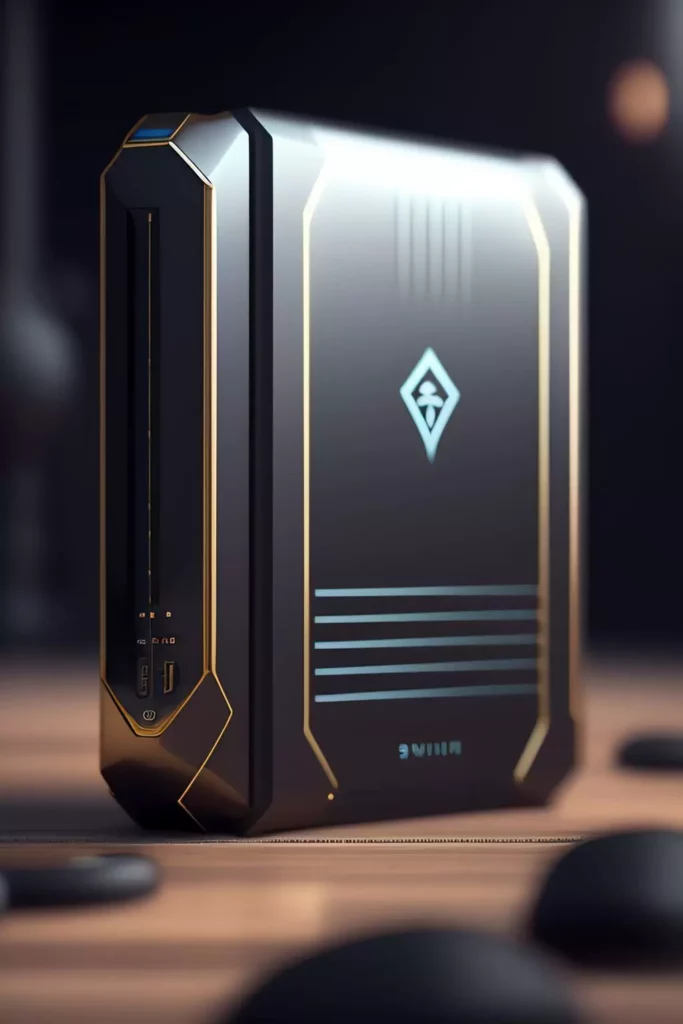
Have you ever wondered how your favourite video game or animated movie looks so realistic and visually stunning? Well, GPUs are the unsung heroes behind those breath-taking graphics. Sure digital artists play a big role in creating stunning images but without the rendering power of these GPU’s you would not see such amazing imagery.
Whenever you are playing a new video game or perhaps watching a new video that uses animation or CGI GPU’s are being used to create the image you see on screen. This is the direct result of a complex process called graphics rendering. Graphics rendering is the creation of images or animations from 3D models, textures, and lighting effects. This works the same way when you generate images using AI tools like stable diffusion.
GPUs are specifically designed to handle graphics rendering tasks efficiently. They excel at performing mathematical calculations involved in transforming 3D models into the 2D images you see on your screen. Let’s take a closer look at how GPUs make it happen:
- Graphics Pipeline: The process of graphics rendering involves multiple stages known as the graphics pipeline. The GPU takes on a significant role in executing each stage efficiently. The pipeline includes stages like geometry processing, vertex shading, rasterization, pixel shading, and output merging.
- Vertex and Pixel Shading: GPUs handle vertex shading and pixel shading, which are responsible for manipulating individual vertices (points that make up 3D models) and calculating the colors of individual pixels, respectively. These shading operations involve complex mathematical calculations to determine lighting effects, textures, and other visual attributes.
- Parallel Processing: GPUs are built to perform parallel processing, which means they can handle multiple calculations simultaneously. This parallelism is crucial for rendering graphics since rendering involves processing a massive amount of vertices and pixels in real-time. By dividing the workload across thousands of cores, GPUs can render complex scenes and produce smooth, high-quality visuals.
- Specialized Rendering Techniques: GPUs also support various rendering techniques, such as rasterization and ray tracing. Rasterization is a fast and efficient technique used to convert 3D models into 2D images. Ray tracing, on the other hand, simulates the behavior of light in a scene to create highly realistic and accurate visuals, although it requires significant computational power.
- Graphics APIs: GPUs work in conjunction with Graphics APIs (Application Programming Interfaces) like DirectX and OpenGL. These APIs provide a bridge between the software (games, applications) and the GPU hardware, allowing developers to tap into the GPU’s capabilities and unleash the full potential of graphics rendering.
The combined power of GPUs and advanced rendering techniques has revolutionized the gaming and entertainment industry. With GPUs, game developers and animators can create immersive virtual worlds, lifelike characters, and stunning visual effects that captivate our senses.
GPUs don’t stop at gaming and movies, though. They’re also used in various industries, such as architecture, automotive design, and product visualization. GPUs help render realistic models, simulate lighting conditions, and create virtual prototypes, enabling designers and engineers to visualize their ideas accurately.
GPU’s AI and Deep Learning
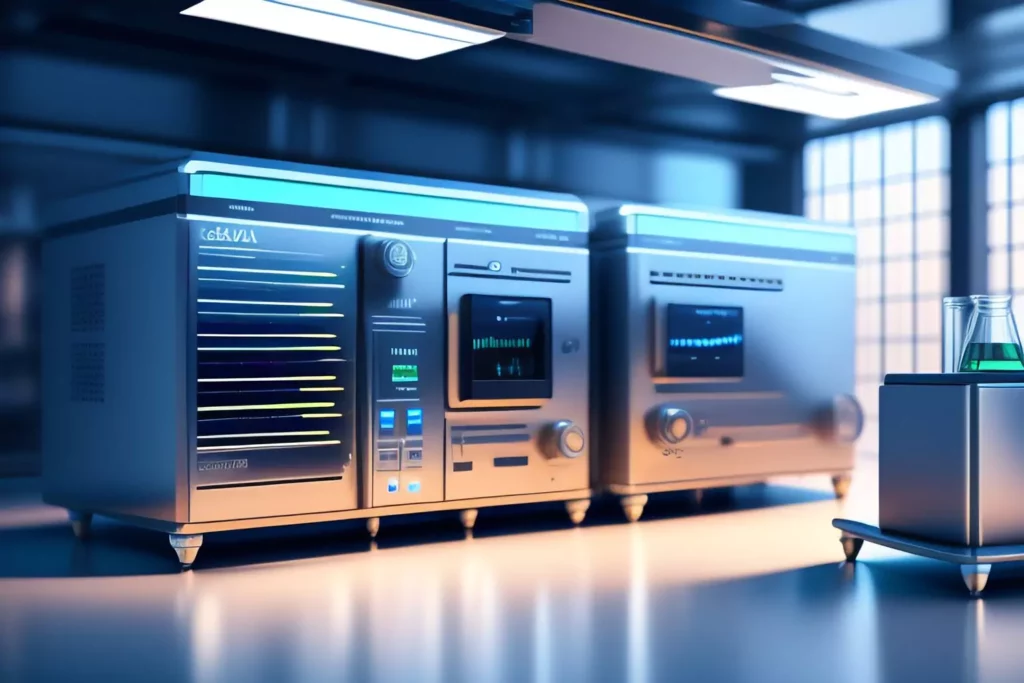
Deep learning has revolutionized the field of artificial intelligence (AI) by enabling computers to learn and make intelligent decisions on their own. Deep learning models, such as neural networks, require enormous computational power to train on vast amounts of data. This is where GPUs come into play, as they significantly accelerate the training and inference processes in deep learning. Let’s explore the role of GPUs in GPU-accelerated deep learning:
- Training Deep Neural Networks: Training deep neural networks involves feeding large datasets through layers of interconnected neurons to learn patterns and make predictions. GPUs dramatically speed up the training process, making it feasible to train complex deep learning models within a reasonable timeframe.
- Parallelization of Computations: Deep learning models are highly parallelizable, meaning that multiple calculations can be performed independently at the same time. GPUs are perfectly suited for parallel processing.
- Availability of GPU Libraries and Frameworks: To make the most of GPU acceleration in deep learning, there are specialized libraries and frameworks available that seamlessly integrate with GPUs. These include popular frameworks like TensorFlow, PyTorch, and CUDA (Compute Unified Device Architecture) developed by NVIDIA.
- Handling Complex Models and Big Data: Deep learning models are becoming increasingly complex, with architectures consisting of millions or even billions of parameters. Training such models is a computationally intensive task.
- Real-Time Inference and Deployment: Once a deep learning model is trained, it needs to be deployed and used for making predictions in real-time applications. GPUs are not only valuable during training but also during inference, where they provide significant speed-ups.
GPU-accelerated deep learning has unlocked incredible possibilities across various fields. It has led to advancements in computer vision, speech recognition, natural language processing (ChatGPT), and medical diagnosis, to name just a few. By harnessing the power of GPUs, deep learning has made significant strides in solving complex problems and has become a game-changer in the world of artificial intelligence.
The Future For GPU’S
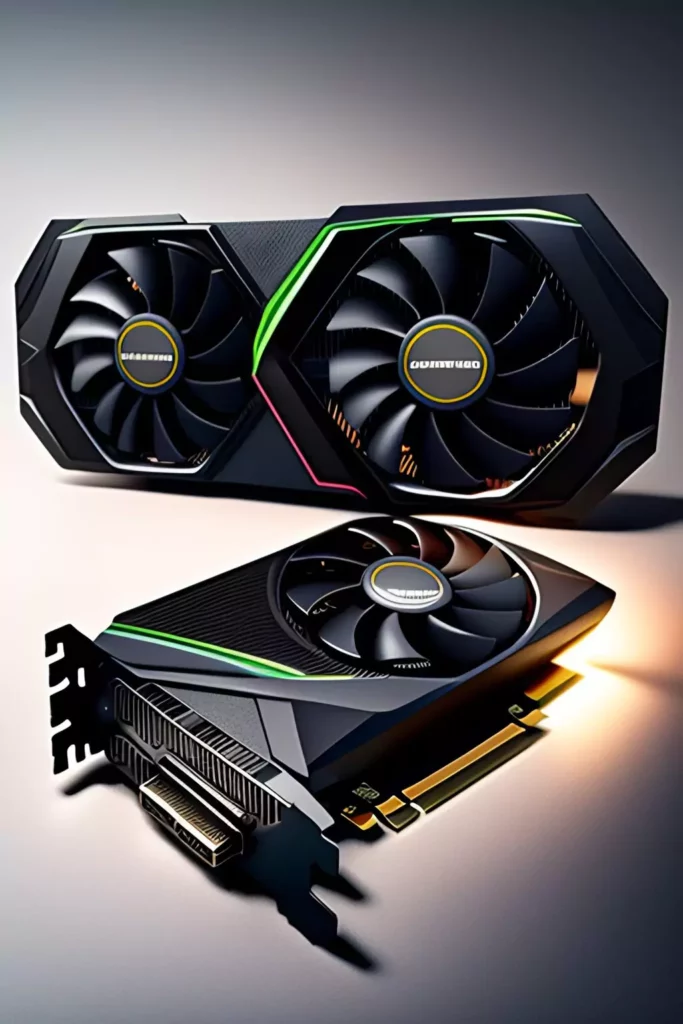
As technology continues to evolve at a rapid pace, Graphics Processing Units (GPUs) are at the forefront of driving innovation in various industries. From gaming and deep learning to scientific simulations and cloud computing, GPUs have revolutionized the way we process and visualize complex data. In this post, we will explore the latest GPU trends and future developments that are shaping the landscape of parallel processing and unlocking new possibilities.
Ray Tracing
Ray tracing, a rendering technique that simulates the behaviour of light, has gained significant traction in recent years. With its ability to produce highly realistic and immersive visuals, ray tracing is becoming more accessible thanks to advancements in GPU hardware and software algorithms. The future will likely witness even more powerful GPUs dedicated to real-time ray tracing, bringing cinematic graphics to interactive applications and creating virtual worlds that blur the line between reality and simulation.
AI-Powered Supercomputing
The intersection of AI and GPU technology has led to the rise of AI-powered supercomputing. GPUs have become the go-to choice for training deep neural networks due to their parallel processing capabilities. The future of GPUs in AI holds promises of more efficient architectures, specialized hardware accelerators, and advancements in distributed training techniques. These developments will further accelerate the training and deployment of AI models, making AI more accessible and transformative across industries.
High-Performance Computing (HPC)
The demand for high-performance computing continues to grow, driven by scientific research, engineering simulations, and big data analytics. GPUs have played a vital role in boosting HPC capabilities by delivering massive parallel processing power. The future will witness even more powerful GPUs optimized for HPC workloads, enabling researchers and engineers to tackle increasingly complex problems and gain insights into previously unexplored realms of science and technology.
Edge Computing and Mobile GPUs
With the rise of edge computing and the proliferation of mobile devices, the need for powerful GPUs in smaller form factors has become essential. Mobile GPUs have evolved significantly, enabling immersive mobile gaming, augmented reality (AR), and virtual reality (VR) experiences. The future will witness continued advancements in mobile GPU technology, delivering improved energy efficiency, enhanced graphics performance, and support for emerging technologies such as extended reality (XR) and computer vision.
Quantum Computing
While still in its infancy, quantum computing holds immense potential to revolutionize computational power and solve complex problems exponentially faster than classical computers. GPUs have already been used in the early stages of quantum computing to accelerate certain tasks. As quantum computing matures, GPUs may play a crucial role in optimizing quantum algorithms and facilitating quantum simulations, pushing the boundaries of scientific discovery and problem-solving capabilities.
The future of GPUs is bright and full of exciting possibilities. As parallel processing becomes increasingly important in various domains, GPUs will continue to drive innovation, enabling real-time ray tracing, accelerating AI-powered supercomputing, empowering high-performance computing, enhancing mobile experiences, and potentially even contributing to the advancement of quantum computing. These trends and future developments pave the way for a more immersive, intelligent, and computationally powerful future, where GPUs serve as the backbone of transformative technologies and applications. Embrace the potential of GPUs and get ready to witness a new era of parallel processing capabilities.
Conclusion
So there we have at a quick brush over what GPU’s are and their use cases. As you can see without this important piece of technology AI would be no where near as good as it is today. Of course in the future new chip sets will be developed and we might even move away from GPU’S. But for now they remain the pillar of the AI world.
What are your views on GPU’s? please leave a comment below.


























